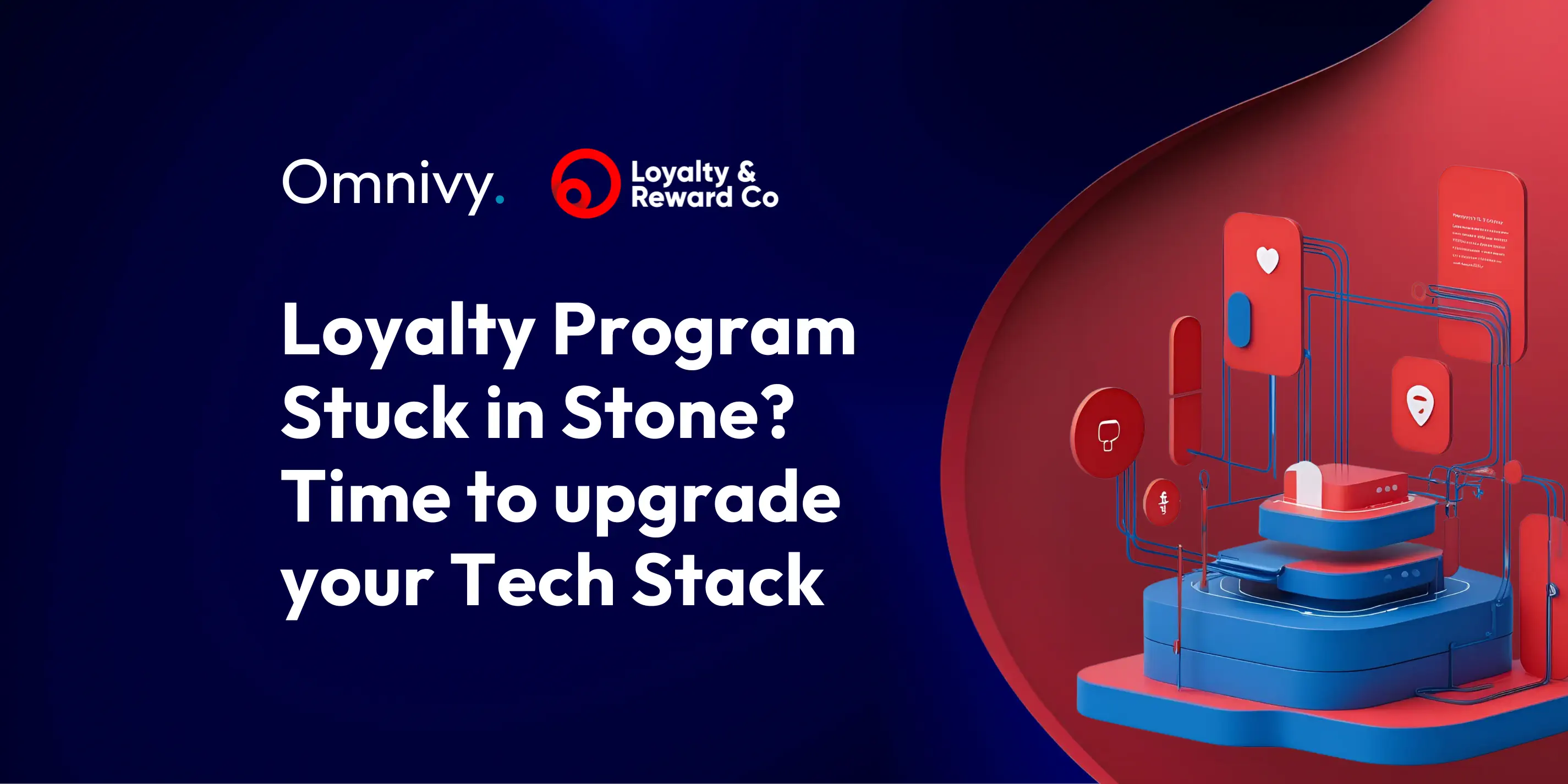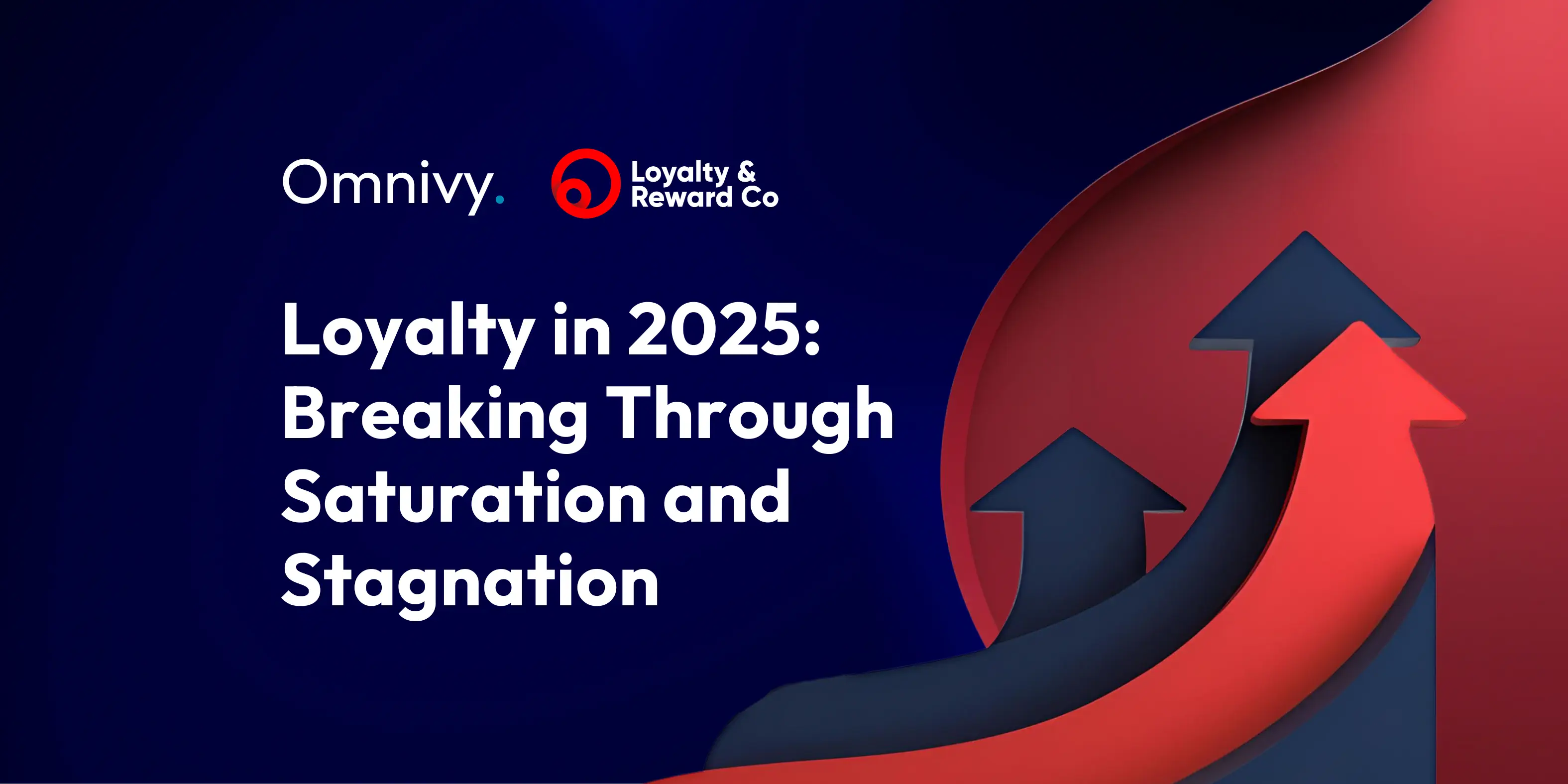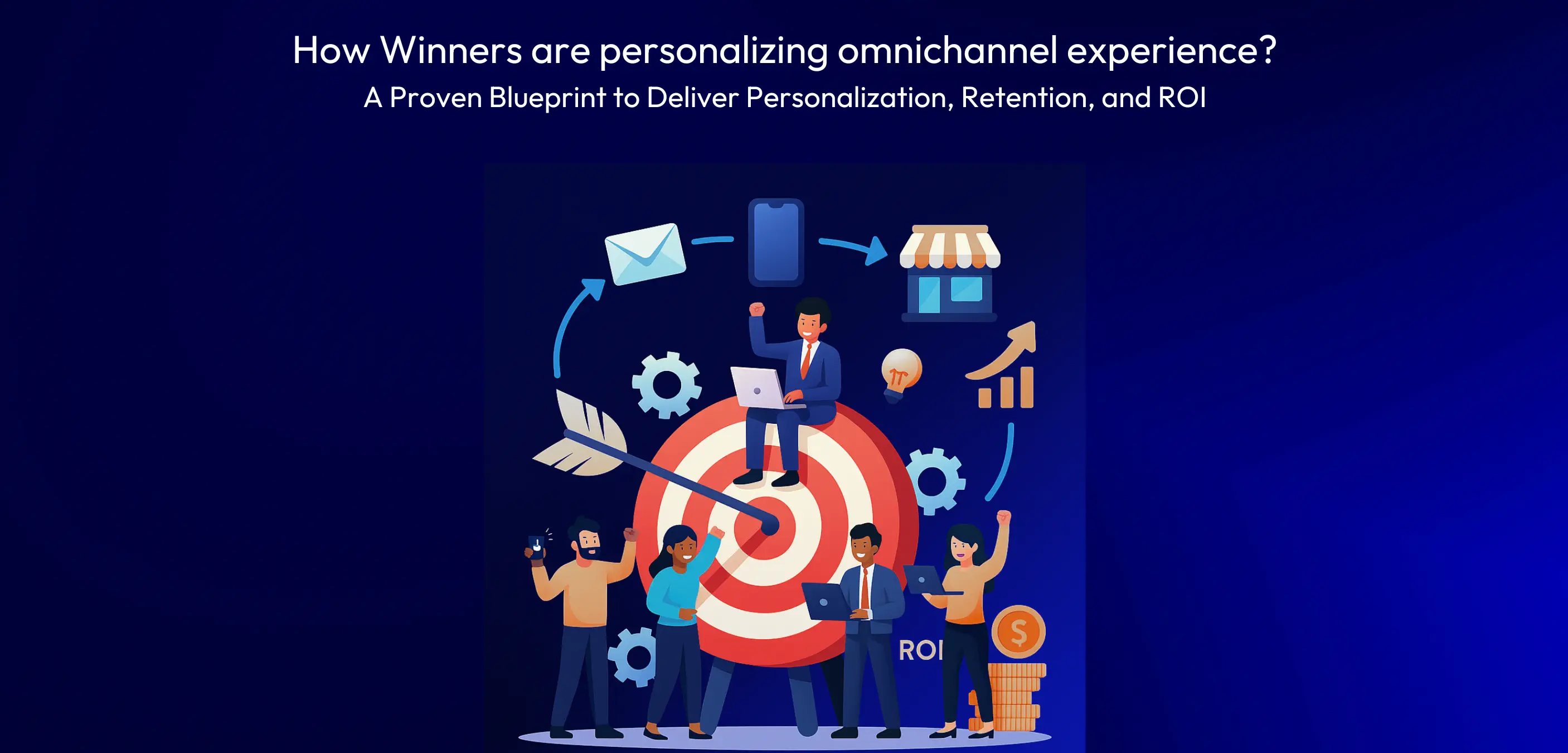In my Winter 2024 Shopify Edition summary, I highlighted Shopify's significant transformation. The platform is evolving from a relatively closed solution for micro-entrepreneurs into a complex, omnichannel, and customizable platform catering to businesses of all sizes. This evolution, while impressive, comes with its own set of challenges.
Over the past few years, Shopify has been rapidly adding functionalities to close the gap between its offerings and those of enterprise-grade commerce platforms. Key focus areas have included:
- B2B commerce support
- Enhanced component extensibility
- Headless commerce
- Improved integration with third-party software
This expansion, however, has led to several issues within the platform:
- Inconsistencies in user experience and functionality
- Duplication of features and APIs
- A sense of confusion, particularly within the developer community
Historically, Shopify's approach to features not supported out-of-the-box was to rely on third-party apps. While some of these apps were excellent, many fell short of expectations. This was partly due to Shopify's limitations on certain functionalities, forcing developers to employ questionable workarounds. As a result, stores with multiple apps often suffered from:
- Slow performance
- Increased error rates
- Overall messiness in their setups
It does not take long to find posts like this one on their community forums:

Source: Shopify Community Forum
It appears that Shopify has recognized these challenges and is taking steps to address them. The latest Editions release conference centered around the theme of "Unified," emphasizing the platform's commitment to creating a more consistent experience, especially when handling complex use cases.
Key feature areas around this release are meant to make Shopify:
- Faster
- More Resilient
- Tightly integrated
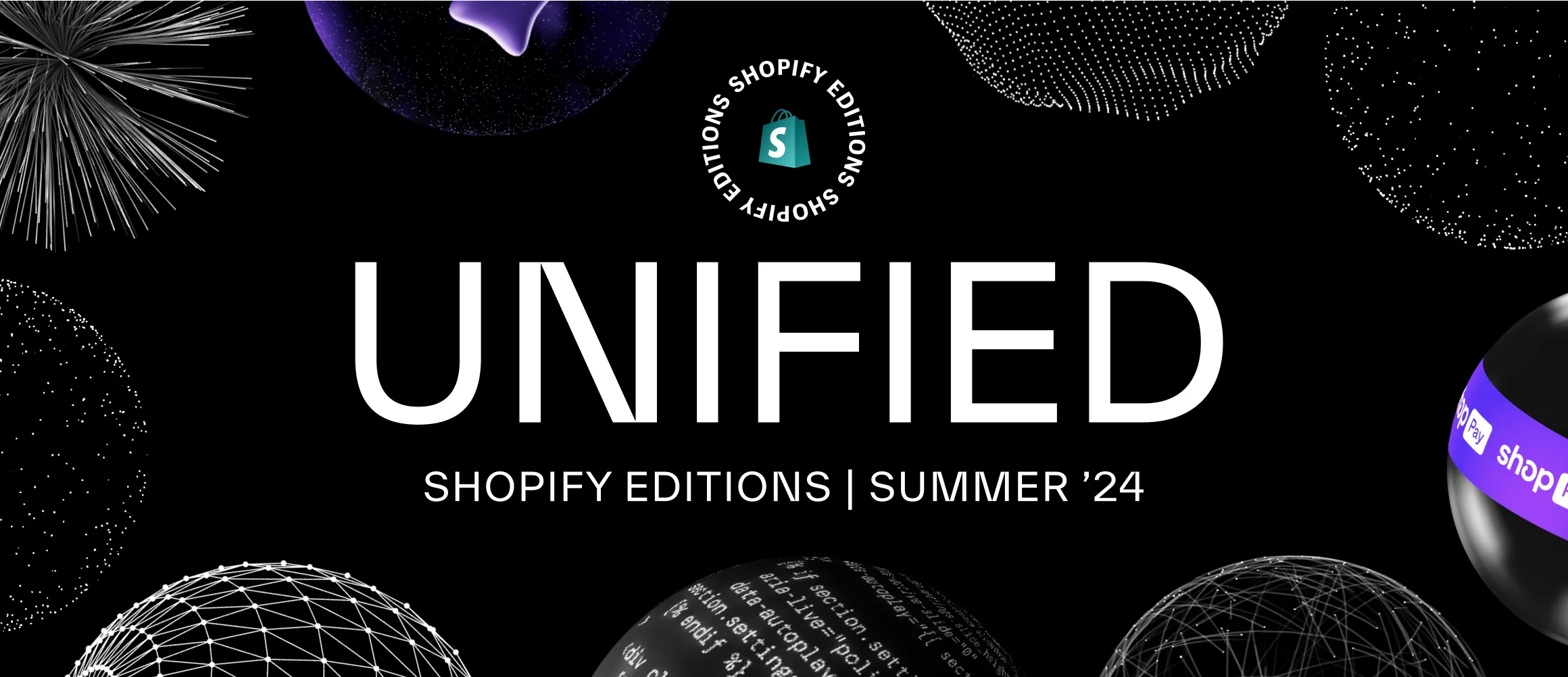
Source: Shopify Editions Summer 2024 Intro Video
While Shopify introduced numerous features in this release, I'll highlight a few key announcements that caught my attention, particularly from the perspective of advanced loyalty programs and integrating modern loyalty and promotional technology with Shopify.
Markets - new approach to channels & regions organization
One of the primary use cases Shopify addressed in this release is the expansion to new markets and channels. This process typically involves dealing with multiple challenges:
- Multicurrency support
- Different pricing policies across markets
- Varying legal terms and conditions
- Storefront theme customizations
- Translations
- Business messaging adaptations
Previously, managing these aspects was often clunky and required numerous manual processes and workarounds. To address this, Shopify has introduced the concept of "Markets," which aims to streamline and simplify the process of expanding into new regions.
Initial Impressions
While real-world practice will ultimately determine the effectiveness of this new feature, initial impressions are positive. The Markets concept appears to offer a more integrated and user-friendly approach to managing multi-regional and multi-channel commerce.
Implications for Loyalty & Promotional Programs
From a loyalty and promotional perspective, the Markets feature will not solve all challenges associated with going multinational. However, it has the potential to simplify some basic configuration use cases. This could be particularly beneficial for businesses looking to implement region-specific loyalty programs or promotional strategies.
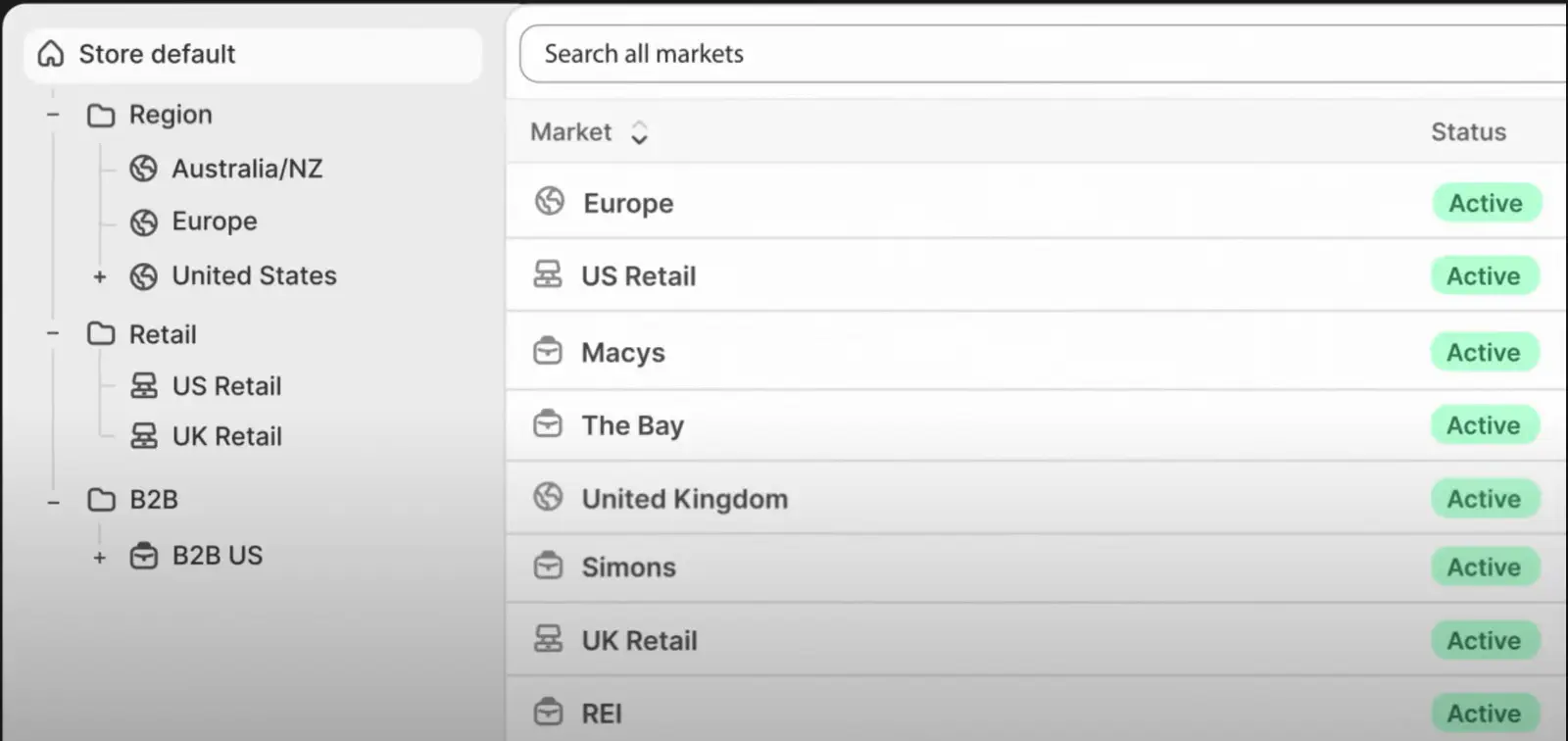
Headless improvements
Since its initial release in 2021, Shopify has been heavily investing in Hydrogen, its headless commerce framework. This framework allows users to create fully customized front-end experiences for e-commerce while maintaining quick and easy access to Shopify's backend functionalities, including:
- Order and inventory management
- Cart and account operations
- Checkout processes
At Omnivy, we strongly believe in the power of customizable and headless technology as a key element in delivering unique loyalty programs. Shopify's continued focus on this area aligns well with the needs of businesses looking to create distinctive customer experiences.
In this latest release, Shopify announced two major changes in the headless category:
1. Headless B2B Storefronts
Shopify has released a set of APIs that enable the building of headless B2B storefronts. This development combines two of Shopify's strategic themes: B2B capabilities and headless architecture. This integration opens up new possibilities for businesses looking to create tailored B2B experiences while leveraging Shopify's robust backend.
2. Visual Headless Storefront Editor
While the headless approach offers clear benefits such as improved performance, full creative freedom in storefront design, and easier integration with third-party systems (like loyalty engines), it has traditionally had a significant drawback. Even minor changes typically require developer involvement, creating a disconnect between design and development teams.
Shopify aims to address this challenge by partnering with Utopia, an open-source integrated visual design and code editor. The vision is to accelerate headless development projects by allowing designers and business teams to directly participate in headless storefront changes, rather than waiting for developers to implement every modification.
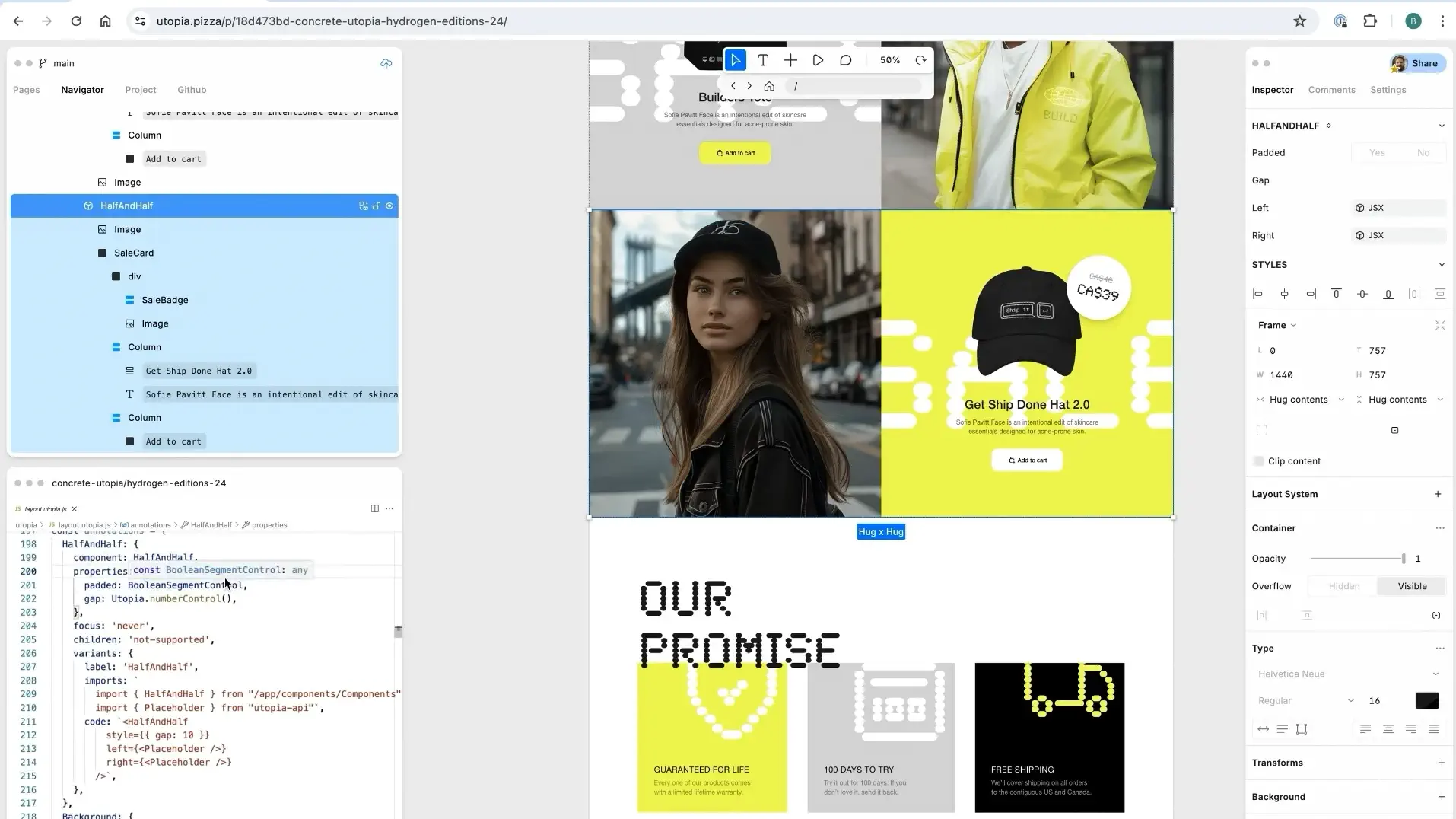
Potential Impact on Loyalty Program Implementation
This visual editor could potentially streamline the process of implementing and adjusting loyalty program elements in headless storefronts. It might enable marketing teams to make quick updates to loyalty program displays or promotional content without always relying on developer resources.
A Note of Caution
While this "best of both worlds" approach seems promising, it's worth considering whether it will be widely adopted by teams leading these projects. There's a risk that it could lead to compromises between headless and integrated storefront approaches, potentially diluting the benefits of a true headless architecture.
POS evolution
A trend that has been consistent across several Shopify Editions is the platform's aggressive push into the Point of Sale (POS) software market. This market has traditionally been fragmented and dominated by legacy systems. Shopify's continued focus on POS improvements demonstrates their commitment to increasing their market share in this space.
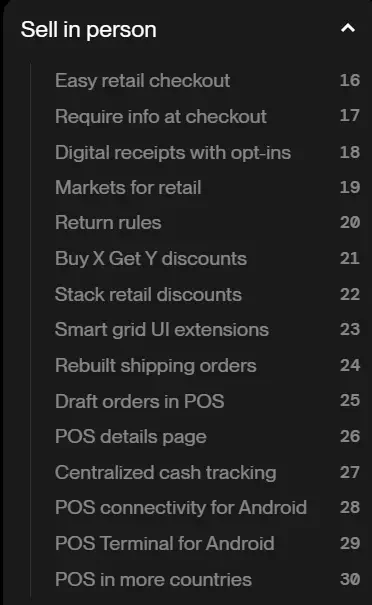
Key Developments
While the latest Edition introduced around 14 new POS features, none really require an individual analysis in my opinion. However, the overall direction of these improvements is important:
-
Features previously exclusive to online stores (such as custom discount functions) are now becoming available in Shopify POS.
-
There's a clear trend towards feature parity between online and offline channels.
The Long-Term Vision
Although it will take Shopify considerable time to fully align POS capabilities with those of online stores, the end goal is clear: a seamlessly integrated online and offline shopping experience. This unified approach could become a key differentiator for Shopify in the future, potentially putting them in a position that competitors may struggle to challenge for years to come.
Implications for Loyalty Programs
From a loyalty perspective, the evolution of Shopify's POS offerings is particularly exciting. The prospect of having a single platform managing both online and offline channels addresses a significant pain point for loyalty managers and digital teams.
Currently, many businesses struggle to integrate their legacy POS systems with modern loyalty management platforms. This integration challenge often results in disjointed customer experiences and inefficient loyalty program management across channels.
Shopify's approach could potentially solve this issue by providing:
- Unified customer profiles across online and offline touchpoints
- Consistent loyalty point accrual and redemption processes
- Seamless application of promotions and discounts across channels
- Improved data collection and analysis for omnichannel customer behavior
Changes to Checkout & Account Extensions
Building on the account extensibility announcement from the Winter 2024 Editions conference, Shopify is now making significant strides towards a general release of this feature set. The latest updates, while seemingly minor, bring some long-awaited enhancements that could have a substantial impact on loyalty program implementation and user experience.
Key Enhancements
The primary improvement announced is:
- Users can now manage the placement of UI extensions on checkout and customer profile pages directly from the theme editor.
While this may seem like a small change, its implications for loyalty programs are significant.
Impact on Loyalty Use Cases
Native Integration of Loyalty Elements
- No more need for clunky overlay widgets to display loyalty points balances or rewards.
- Loyalty elements can now be embedded directly into native Shopify interfaces.
- These elements can be configured as "app blocks" with customizable placement and styling.
Improved Customer Profiles
- Seamlessly integrate loyalty status and progression information into customer profiles.
- Provide a more cohesive and branded experience for loyalty program members.
As Shopify continues to develop these features with loyalty use cases in mind, we can expect even more sophisticated integration possibilities in the future. This trend underscores the growing importance of loyalty programs in e-commerce and Shopify's commitment to supporting them at a platform level.
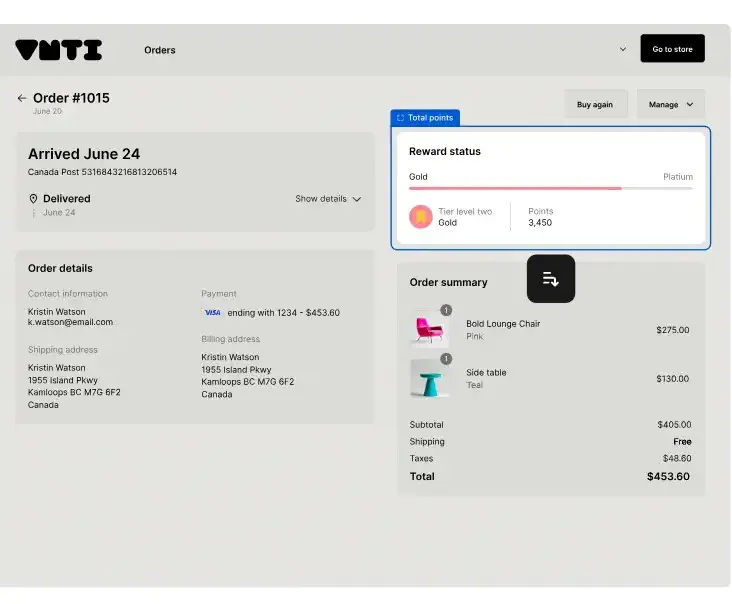
Here’s a screenshot of our Shopify app that we use to connect it with best-of-breed loyalty engines. It already supports app blocks and profile extensibility:
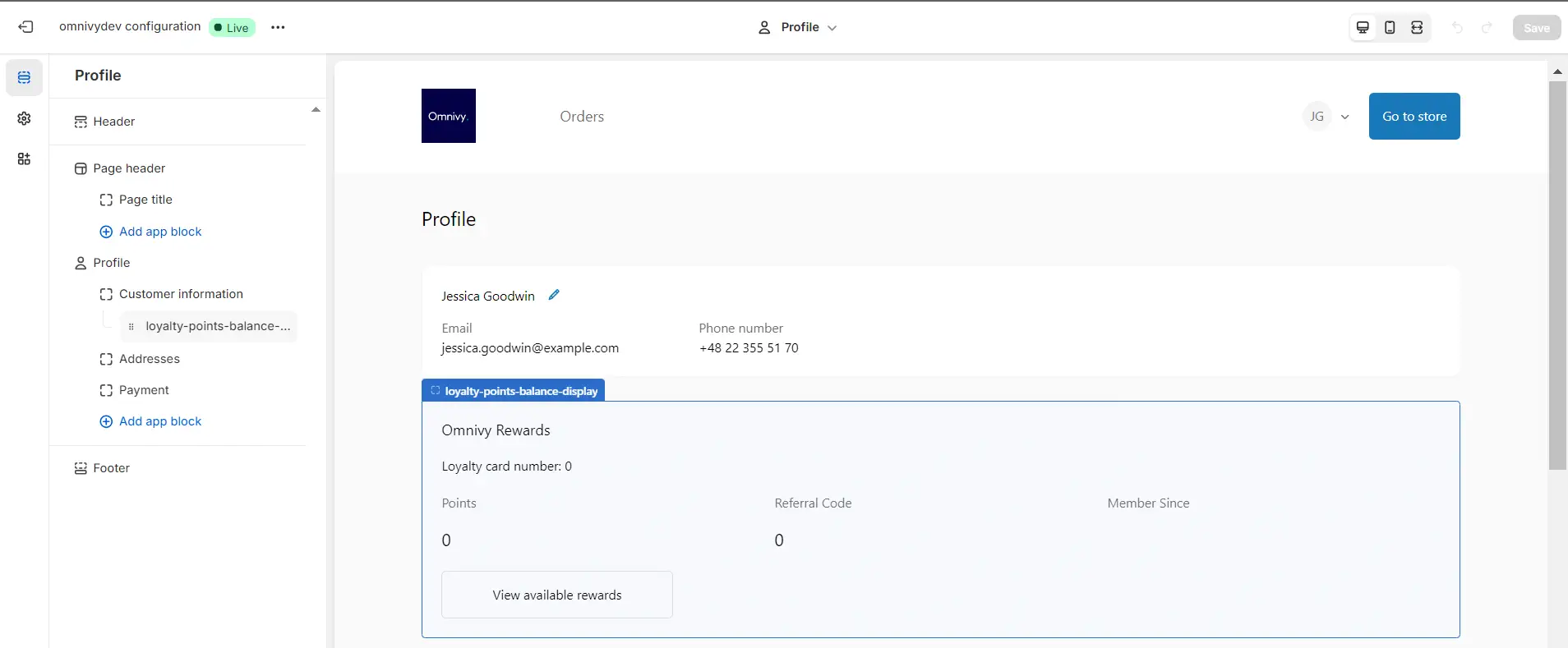
Hello to the seamless loyalty experience, I guess?
- Unauthenticated Order status page extensions
In addition to the checkout and account extensions, Shopify has opened up yet another area for customization: the unauthenticated order status page. This page is displayed when a non-registered customer makes a purchase, and its newfound extensibility presents an exciting opportunity for loyalty program integration.
Conclusions
The Summer 2024 Shopify Editions release marks a significant shift from the feature-heavy updates of recent past. This release appears to be a much-needed "cleanup" iteration, focusing on refining and building upon previously announced features. While it may not be as exciting as its predecessors, it's likely to be warmly received by the partner and developer communities.
Key takeaways from this release include:
- Enhanced Account & Checkout Extensibility: These improvements address significant roadblocks in integrating Shopify with modern loyalty and promotional engines. The ability to seamlessly incorporate loyalty elements into native Shopify interfaces is a game-changer for creating cohesive customer experiences.
- Push for Integrated Headless Storefronts: Shopify's continued investment in headless commerce aligns with broader trends in modern retail across various markets. The introduction of visual editing tools for headless storefronts, while potentially controversial, shows Shopify's commitment to making advanced technologies more accessible.
- POS Evolution: The ongoing improvements to Shopify's POS offerings underscore the platform's ambition to provide a truly unified online and offline shopping experience. This evolution is particularly significant for loyalty programs seeking to offer consistent experiences across all customer touchpoints.
- Expanded Customization Options: New extension possibilities, such as those for the unauthenticated order status page, provide merchants with more opportunities to engage customers and drive loyalty program enrollment.
While this release may seem less groundbreaking on the surface, its focus on refinement and integration is crucial for the platform's long-term evolution. By addressing existing pain points and enhancing the cohesiveness of its ecosystem, Shopify is laying the groundwork for more advanced features and use cases in the future.
It's worth noting that this summary only scratches the surface of the Summer 2024 release. Shopify has introduced approximately 150 different changes in this edition. For a comprehensive understanding of all the updates, check out the full Editions' summary page on the Shopify website.


